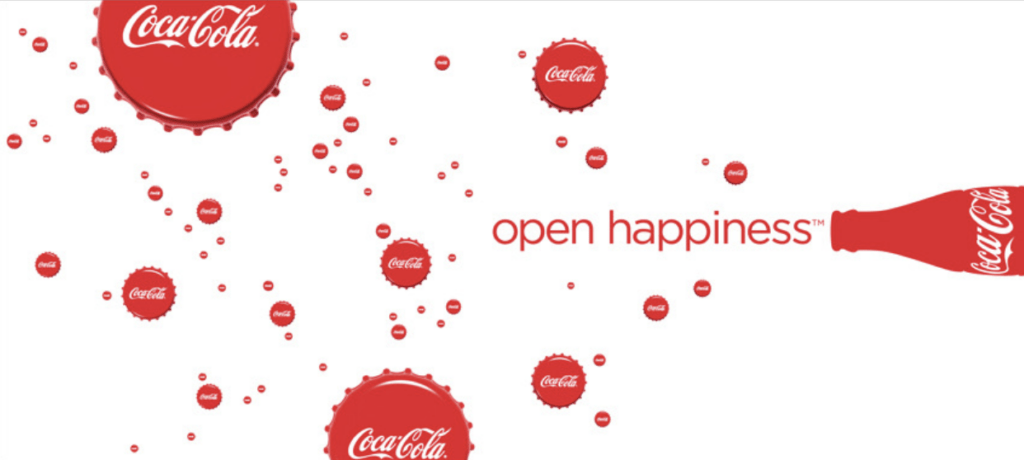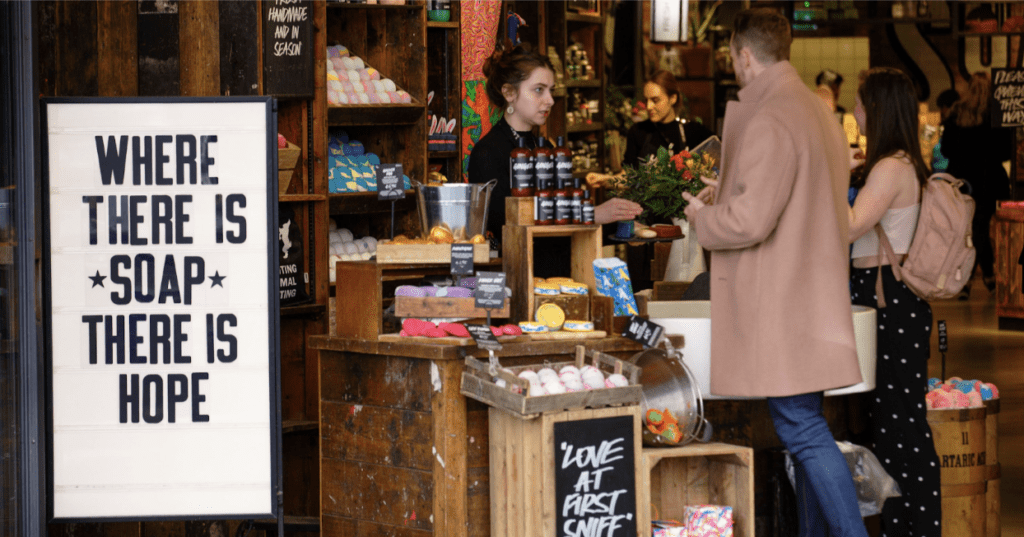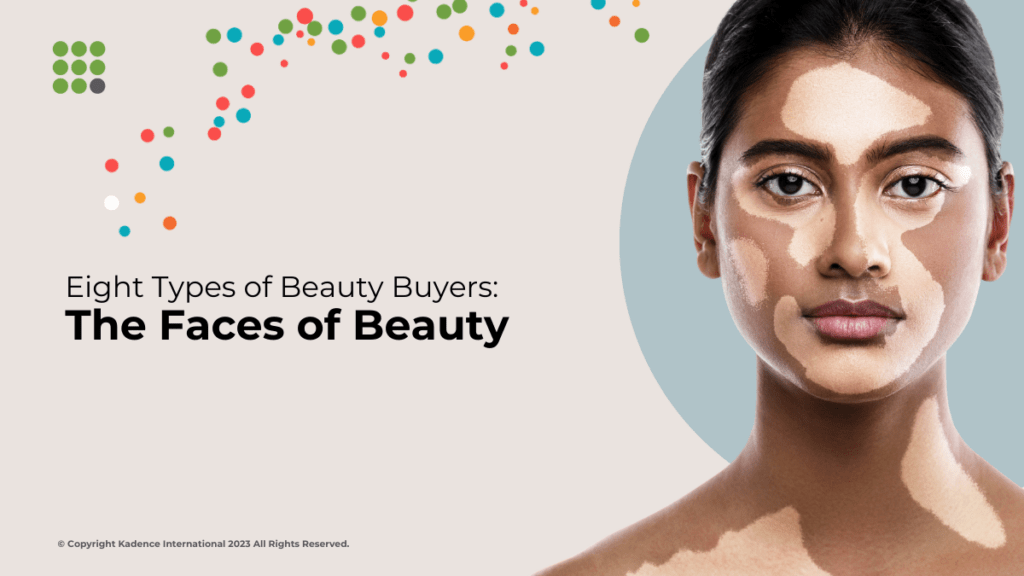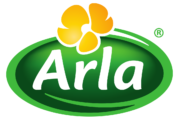Imagine this: half of your advertising budget going down the drain. That’s the harsh reality many brands face, especially in today’s digital age, where navigating the complexities of advertising effectiveness has become even more challenging. The emergence of online platforms and the shift toward performance marketing has further blurred the line between brand advertising and performance-driven campaigns.
Many CEOs have voiced the struggle within organisations to balance brand-building efforts against the allure of performance-oriented spending. As complex as the issue is, we finally have an answer for this common conundrum amidst executive circles. And research shows a compelling rationale for investing in brand building.
Drawing on WARC that analysed over 2,000 award entrants and winning advertising campaigns from 2018-2022. The data revealed a compelling divide: approximately 60% of the analysed campaigns, totalling 1,213 out of 2,021, did not present any evident promise to consumers. Conversely, the remaining 808 campaigns explicitly formulated a promise to their audience. This apparent dichotomy formed the foundation of WARC’s investigation into the correlation between campaign success and the presence of a defined customer promise.
These findings shed light on the pivotal link between successful brand building and a specific, tangible promise to the customer—one that a brand can demonstrably fulfil.
When campaigns are grounded in an explicit promise to the customer – a memorable, valuable, and deliverable promise – they are as much as 48% more likely to report brand health improvements than those that don’t.
-“Making a Promise to the Customer: How to give Campaigns a competitive edge” by WARC, The B2B Institute at LinkedIn, and Roger Martin.
The Power of a Promise
Let’s break down this concept of a “promise to the customer.” A brand promise is a commitment to customers, encapsulating what they can expect and rely on when engaging with that brand. It’s a pledge that goes beyond product features, encompassing the emotional, functional, or experiential value a brand assures to deliver consistently. In other words, it outlines a brand’s unique and enduring value, fostering trust, loyalty, and a distinct relationship between the brand and its customers.
Promise to the consumer (PTTC) campaigns deliver a commercial advantage – they are 60% more likely to report increased market share and 17% more likely to report increased market penetration than non-PTTC campaigns.
-“Making a Promise to the Customer: How to give Campaigns a competitive edge” by WARC, The B2B Institute at LinkedIn, and Roger Martin.
Let’s look at three brands in different industries, BMW, Southwest Airlines, and Geico Insurance, and how they have connected with their target audience using a memorable, tangible, and valuable brand promise.
BMW – Elevating Advertising Effectiveness Through “The Ultimate Driving Machine” Promise
BMW’s advertising campaigns stand out by seamlessly integrating their brand promise, “The Ultimate Driving Machine,” into their messaging. This promise isn’t just a tagline; it’s the heartbeat of their advertising efforts, making their campaigns exceptionally effective.
By centring their advertisements around this promise, BMW taps into the aspirations and desires of car enthusiasts who crave more than just a car—they seek an unparalleled driving experience. This commitment becomes the foundation upon which every ad campaign is built, infusing each message with the essence of precision, performance, and driving pleasure.
BMW’s strategy evokes emotions and passions associated with the driving experience amongst its target audience. Whether through captivating visuals, dynamic storytelling, or emphasising technological advancements, their campaigns consistently reinforce the promise of delivering the ultimate driving experience.
This alignment between promise and campaign messaging establishes a cohesive story that resonates deeply with consumers. It creates a lasting impression, fostering a connection between the brand and enthusiasts who seek exhilaration and mastery in their driving experience.
Geico – Amplifying Advertising Impact with a Tangible Promise
Geico’s advertising brilliance is in the explicit promise, “15 minutes could save you 15% or more on car insurance,” making their advertising memorable and effective.
Geico consistently integrates this commitment into their commercials, emphasising tangible savings and the ease of obtaining them within a specific timeframe. By leveraging this promise as the focal point, their ads cut through the clutter of insurance jargon, resonating with consumers seeking clarity and immediate benefits.
Geico’s ad campaigns cleverly showcase scenarios where individuals save time and money by choosing Geico, reinforcing the promise’s credibility. This approach creates a direct and relatable connection with audiences, highlighting the simplicity and value of Geico’s services.
By harmonising its promise with its advertising, Geico doesn’t just sell insurance; it sells a practical solution. This alignment enhances advertising effectiveness and cultivates a perception of Geico as a reliable, straightforward, and customer-centric insurance provider.
Southwest Airlines – Crafting Impactful Advertising through a Promise of ‘Transfarency’
Southwest Airlines distinguishes its advertising by integrating its promise of simplicity and transparency into every campaign, amplifying its effectiveness.
The airline consistently communicates “Transfarency” and straightforward, transparent fares through their ads, highlighting the absence of hidden fees and the ease of booking without complications.
Their commercials often depict stress-free travel experiences, reinforcing the promise of no change fees, no baggage fees, and straightforward pricing. This strategy resonates with travellers seeking hassle-free travel, showcasing Southwest as a brand that delivers on its promises.
By embedding its promise into its advertising strategy, Southwest Airlines sells a worry-free travel experience. This alignment enhances the effectiveness of its advertising, establishing Southwest as a brand that prioritises transparency, simplicity, and customer satisfaction.
Unveiling the Promise’s Anatomy
Going back to WARC’s comprehensive analysis that started with a classification process devoid of performance metrics, focusing solely on determining whether the ad campaigns being studied conveyed an explicit and verifiable promise to their customers.
This methodical categorisation allowed WARC to delve deeper into dissecting the effectiveness of campaigns based on the existence and nature of their promises. Subsequently, it set the stage for a comprehensive analysis to discern the impact and significance of these promises on diverse performance metrics across various industries and markets.
The study revealed that successful promises often fall into three primary categories: emotional, functional, and enjoyable to buy.
Emotional promises, the most prevalent, focus on the emotional benefits a customer gains from using a product or service. Functional promises highlight the practical benefits, while promises centred on the enjoyable purchasing experience also proved impactful.
Emotional Promise:
Coca-Cola – “Open Happiness”

Coca-Cola’s iconic “Open Happiness” campaign embodies an emotional promise. Beyond selling a soft drink, Coca-Cola aims to evoke feelings of joy, togetherness, and positivity. The promise focuses on the emotional experience of consuming Coca-Cola, associating it with moments of happiness and connection.
Functional Promise:
Volvo – “Volvo: For Life”
Volvo’s brand promise revolves around safety, emphasising its commitment to building vehicles that prioritise safety and durability. The Swedish automobile brand’s functional promise assures customers of reliable safety features, robust construction, and a dedication to protecting drivers and passengers, aligning with Volvo’s long-standing reputation for safety.
Enjoyable to Buy Promise:
Lush – Ethical and Enjoyable Shopping

Lush, the UK-based cosmetics brand, delivers on a promise that shopping for personal care products can be an enjoyable and ethical experience. Their promise focuses not only on the quality of their products but also on the ethical sourcing of ingredients, sustainable packaging, and creating an immersive, enjoyable shopping experience in their stores.
These brands have crafted promises aligning with specific customer needs and values. Successful execution of these promises significantly influences brand perception and customer loyalty.
Successful promises often defy expectations, cater to specific customer needs, and are demonstrably fulfilled. So, what makes these promises effective? They are memorable, valuable, and deliverable.
Beyond Advertising: Brand Promise as Strategy
Brands craft compelling brand promises by nurturing their identity over time, ensuring a consistent brand experience, and aligning messaging with customers’ actual interactions.
This promise becomes a strategic compass for a company’s various functions. In a corporate environment rife with functional silos, a well-defined brand promise aligns various departments toward a common objective.
Brands must understand their customers to design a promise that will resonate with them, and they must ensure it’s received through relentless delivery. Brands like Nike capitalise on trust, securing enduring loyalty and market dominance.
The athletic brand’s iconic “Just Do It” campaign epitomises the power of a compelling customer promise.
Nike’s promise revolves around empowering individuals to push their limits and achieve greatness. The campaign, launched in 1988, captured the essence of determination, resilience, and aspiration. It wasn’t just about athletic shoes; it was a rallying call for anyone striving for personal excellence.
The memorable tagline “Just Do It” encapsulated the promise—encouraging consumers to take action, overcome obstacles, and pursue their dreams. The emotional appeal of the campaign resonated across diverse demographics, establishing a profound connection with consumers far beyond athletic performance.
Nike’s promise became an inspiration to people worldwide. By consistently delivering on this promise through impactful storytelling, associating with iconic athletes, and promoting messages of empowerment, Nike solidified its position as more than a footwear brand—it became a symbol of aspiration and determination.
Elevating Brand Promises through Market Research
Market research plays a pivotal role in identifying customer preferences and shaping and enhancing the efficacy of a brand’s promise. Market research acts as a guiding force, laying a foundation for the creation, validation, and execution of a brand’s promise. By leveraging comprehensive insights from market research, brands can craft promises that deeply resonate with their audience, paving the way for enduring customer loyalty and sustained success.
Here’s how market research can fortify and elevate the impact of a brand promise:
Understanding Customer Insights
Incorporating market research helps brands delve deeper into customer behaviour, preferences, and sentiments. By analysing market trends, conducting surveys, and gathering qualitative and quantitative data, brands gain invaluable insights into what customers truly value.
For instance, through extensive research, a brand can uncover its audience’s nuanced emotional or functional needs, creating a promise that resonates profoundly. Nike’s “Just Do It” campaign, rooted in understanding consumers’ aspirations for personal excellence, shows the importance of aligning a promise with customer insights.
Refining and Validating the Promise
Market research acts as a compass for validating and fine-tuning a brand promise. By testing different promise formulations or messaging through focus groups, surveys, or A/B testing, companies can assess the promise’s resonance, memorability, and perceived value among their target audience.
For example, a brand exploring various promises could use market research to gauge which promise—emotional, functional, or experiential—elicits the most positive response and resonates deeply with its audience’s needs.
Tracking and Adapting to Evolving Trends
Continuous market research allows brands to stay attuned to evolving consumer preferences, enabling them to adapt their promises in response to shifting market dynamics. By monitoring changing trends, consumer sentiments, and competitor strategies, companies can refine and evolve their promises to remain relevant and impactful.
Incorporating feedback loops and periodic research assessments enables brands to ensure their promises align with evolving customer needs and market expectations.
Strengthening Execution and Delivery
Effective market research informs the creation of a promise and guides its execution. By understanding customer expectations and preferences, brands can ensure that their products, services, and overall customer experience align with the promise.
For instance, a promise centred around exceptional customer service would require market research to identify specific service elements that matter most to customers. This insight could inform operational strategies and employee training, ensuring consistent delivery of the promise.
The Litmus Test for Brand Investment
Roger L. Martin, author and former dean of the Rotman School of Management, has a litmus test for brands before they allocate a budget for a new campaign: Does your campaign have an unequivocal customer promise? Did you use market research and customer insights to craft a promise your customers value? Is the promise genuinely memorable, and are all departments aligned to deliver on the promise consistently?
This formula encapsulates the essence of effective brand building. A definitive customer promise is the linchpin to sustained success across all facets of a company.
Final Thoughts: Cementing Brand Success through Promise
The genuine, memorable promises will cut through the clutter, build trust, and pave the way for enduring brand success. Your brand promise is not just about catchy slogans or compelling stories; it’s about making a tangible commitment to customers that resonates, delivers value, and engenders trust.
The journey toward establishing a formidable brand promise starts with understanding the intricacies of consumer desires, preferences, and behaviours. It strikes a chord if it’s memorable, valuable, and consistently deliverable.
Market research empowers brands to unravel the depths of customer insights, refine promises, adapt to market shifts, and solidify execution strategies.
Partnering with Kadence International: Your Gateway to Informed Advertising Strategies
We offer comprehensive advertising research solutions to help brands navigate advertising effectiveness. With a proven track record in providing actionable market insights, we empower brands to make informed decisions, refine promises, and chart a course toward enduring brand success.
Explore how Kadence International’s tailored advertising market research services can elevate your advertising strategies, enrich brand promises, and propel your business toward unparalleled growth and resonance with your audience.
Contact us today to discover how Kadence International can be your strategic ally and drive meaningful connections with your customers.
Reference to the study from the whitepaper, “Making a Promise to the Customer: How to give campaigns a competitive edge” by WARC, The B2B Institute at LinkedIn, and Roger Martin.
Get regular insights
Keep up to date with the latest insights from our research as well as all our company news in our free monthly newsletter.




 Senior Marketing Executive
Senior Marketing Executive Sales & Marketing
Sales & Marketing General Manager PR -Internal Communications & Government Affairs
General Manager PR -Internal Communications & Government Affairs Vital Strategies
Vital Strategies
 Customer Intelligence Director
Customer Intelligence Director